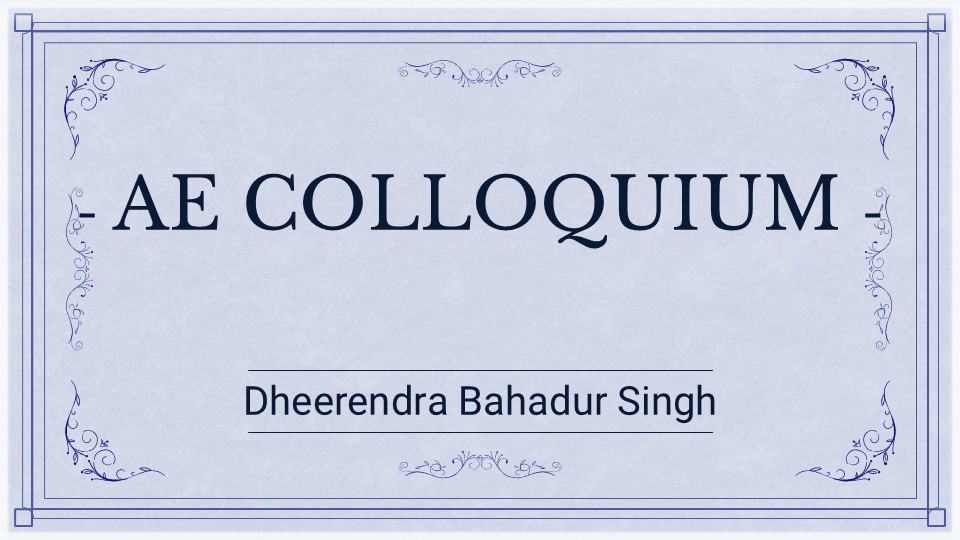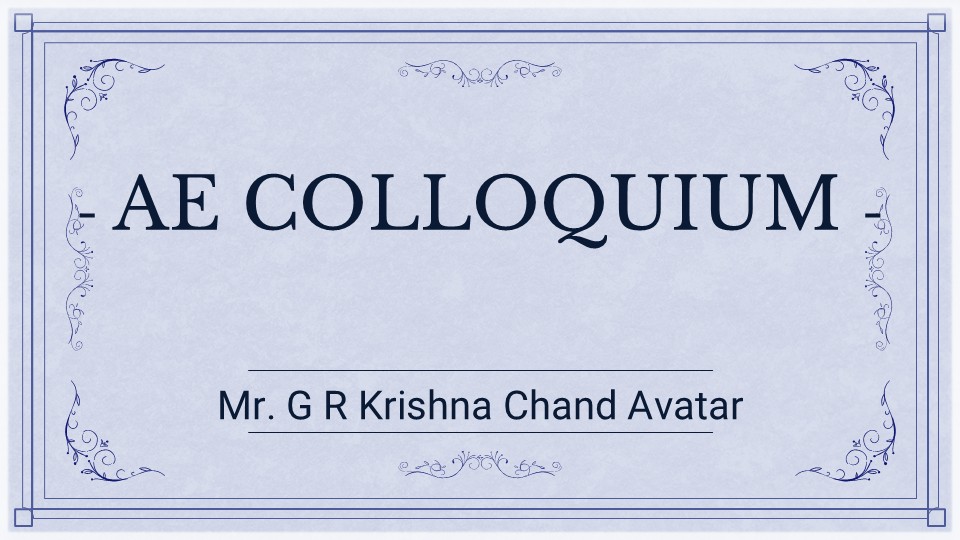
- This event has passed.
Ph.D. (Engg): Control of Alternating Flow Phenomena in Transonic Shock Wave Boundary Layer Interactions Over Payload Region of a Generic Launch Vehicle Model
April 4 @ 11:00 AM - 1:00 PM

The transonic Mach number regime is a critical phase in the atmospheric ascent of launch vehicles, where aerodynamic loads peak due to the combined effects of high freestream dynamic pressure and angle of attack. Besides high steady loads, launch vehicles experience very high levels of pressure fluctuations caused by interactions between the unsteady λ-shock system and the boundary layer – a phenomenon known as Shock Wave Boundary Layer Interaction (SWBLI). These interactions can induce buffet excitation over the payload region, leading to structural failure as well as control issues. NASA recommends limiting the nose cone semi-angle to 15° to mitigate shock oscillations, labelling such designs as “Buffet-Proof.” However, practical constraints such as payload mass & volume, rocket diameter, launch-pad limitations, etc. necessitate the use of larger nose cone angles which are buffet-prone. While SWBLI has been well understood for two-dimensional flows, data for three-dimensional launch vehicle type configurations is sparse in the literature, with regard to even the basic understanding of the phenomena. Hence, there is a need to develop physics-based models to handle SWBLI in practical cases.
Wind tunnel experiments were conducted to evaluate the aerodynamic impact of increasing nose cone angles to 20° and 25° in the transonic Mach number range. These investigations revealed critical flow characteristics such as abrupt jumps in pitching moments at small angles of attack (±4°), very high levels of pressure fluctuations, λ-shock system oscillations, and the occurrence of destabilizing counter-rotating vortices, intermittent supersonic and subsonic flows (termed alternating flow phenomena) at specific Mach numbers of 0.90 and 0.94. The present research explores two approaches towards controlling SWBLI. The first involves a passive device, a front-mounted Aerodisc, systematically evaluated for the effect of geometric parameters at critical Mach numbers of 0.9 and 0.94 in the range of angles of attack of ±4°. The optimized Aerodisc configuration achieved the maximum noise reduction of 22 dB (Overall Sound Pressure Level, OASPL). The second approach involves an active flow control technique using a pneumatic counterflow jet. The jet parameters were varied during the tests. Jets with exit diameters of 3 mm and 4 mm operating at a pressure ratio of 3.2 achieved the greatest suppression by nearly 20 dB. Both the passive and active techniques demonstrated that by energizing the boundary layer, the oscillating shock waves were stabilized, the counter-rotating vortices removed, and the upstream travelling Kutta waves associated with the alternating flow phenomena completely suppressed.
This research clearly brings out the basic physics of SWBLI and its control for 3-dimensional launch vehicle type configurations at transonic Mach numbers, highlighting that energizing the boundary layer is the key to control the transonic flow over launch vehicles with large blunt nose-cones.
Speaker: Dheerendra Bahadur Singh
Research Supervisor: Prof. G. Jagadeesh
